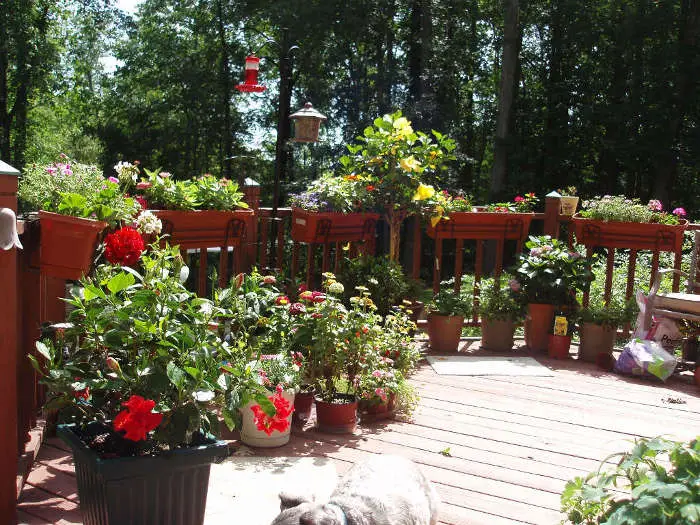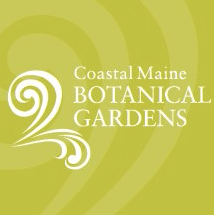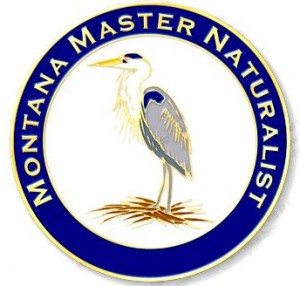Five Steps to Attract More Wildlife To Your Garden
Ecosystem Gardening: teaching you to garden sustainably, conserve natural resources and create welcoming habitat for wildlife in your garden so that you will attract more birds, butterflies, pollinators, frogs and toads, bats, and other wildlife to your garden.
Where to Begin with Ecosystem Gardening
What the Heck is Ecosystem Gardening?
Why Your Garden Matters to Wildlife
How to Choose the Best Plants for your Ecosystem Garden
Great Projects for Your Ecosystem Garden
How to Attract Wildlife to Your Ecosystem Garden
Attracting Birds to Your Wildlife Garden
Attracting Butterflies to Your Wildlife Garden
Attracting Pollinators to Your Wildlife Garden
Attracting Frogs and Toads to Your Wildlife Garden
Insects in the Wildlife Garden
Ultimate Guides
Ultimate Guide to Finding Native Plants
Click here to read our Ultimate Guide to Finding Native Plants.
What should I plant?
The answer to this question is not as simple as you may think. There is no one-size-fits-all answer. But instead this answer depends on many factors, chief of which is where do you live? The best plants for your wildlife garden will be native to your local area.
The absolute best way to begin to discover which native plants will work best in your wildlife garden is to connect with your local native plant society as well as nearby native plant nurseries.
These folks are passionate about native plants and love to share their knowledge with anyone who asks. Since their gardens are probably close by, they can give you the best answers about what will work best in your garden.
Ultimate Guide to Restoring the Monarch Butterfly
The Monarch Butterfly has been much in the news lately as we receive the devastating news that the current wintering population in Mexico is at all time low.
Read our Ultimate Guide to Restoring the Monarch Butterfly here.
There are many reasons for this decline in Monarch Butterflies:
- Current agricultural practice
- Genetically modified crops
- Pesticide use
- Loss of habitat
- Destruction of larval host plant by Roundup and other weed killers
But despite all this doom and gloom, there is still hope!
Your wildlife garden, no matter how small, can become part of a network of connected gardens around the country that are restoring or creating habitat for the Monarch Butterfly.
Ultimate Guide to Attracting Native Bees
We hear so much about how the bees are in trouble, but most people don’t realize that most of this discussion centers around honeybees, which are non-native to this country, but have been imported heavily for use in agricultural pollination, and are now seeing great declines dues to colony collapse disorder.
We need to wake up to the fact that many of our native bees are also in great trouble due to habitat loss, pesticides, and other actions by humans.
The truth is, our wildlife gardens are one of the last lines of defense to protect these native pollinators. We can create habitat and provide them with everything they need. Doing so will ensure that all of our beautiful native plants receive the pollination services they need, and even that we have delicious tomatoes and other vegetables growing in our gardens.
Here are over 60 wonderful resources to help you begin to attract more native bees to your Ecosystem Garden.
Ultimate Guide to Gardening for Butterflies and Moths
Butterflies around the country are in danger from habitat loss and pesticide spraying. You have a critical role to play in protecting these beautiful and beneficial pollinators by creating welcoming habitat in your wildlife garden.
When we think of butterfly gardens, we tend to think of lots of nectar plants for adult butterflies, but to have a successful garden for butterflies there is much more to it than that. You need to understand the whole Life Cycle of each butterfly and moth species you want to attract so that you can plan for all of their needs.
You want to stretch the blooming season in your butterfly garden from at least early spring through late fall to provide the most value for these beautiful insects.
We’ve got 135 ways to welcome butterflies and moths to your wildlife garden.
Ultimate Guide to Birdscaping Your Garden
The Ultimate Guide to Birdscaping Your Garden: Nearly one third of all U.S. birds are endangered, threatened or in significant decline due to habitat loss, invasive species, and other threats.
Habitat loss is the key in these declines. Yes, there are organizations devoted to protecting habitats, but the total amount of protected land in the U.S. is only 5% of available lands. And this is simply not enough. 80% of available land in this country is held privately, and that is where you and your Ecosystem Garden play a crucial role.
Every time we choose to create, restore, or protect habitat in our wildlife garden, we are choosing to become responsible for the health of the wildlife in our area.
Here are over 200 tips for birdscaping your garden
Bookshelf
Recommended Reading
A comprehensive list of the best books about native plants and wildlife gardening for each region of North America. Click here to view.
Specialty Education
Native Plant Certificate Programs
Native Plant Certificate programs in the US and Canada
Want to gain an in-depth knowledge about the native plants that will work best for the conditions in your wildlife garden?
A Native Plant Certificate program from a local arboretum, college, or nature center will help you determine which native plants will be the best choices for you.
These programs are taught by well-known botanists, biologists, and other knowledgeable native plant experts, and you’ll come away knowing about the plants that make up your local native plant communities.
Master Naturalist Programs by State
Master Naturalists are trained to be stewards of our natural environment and to teach these skills to others.
Read our Master Naturalist Programs by State article here.
Almost every state in the United States has a Master Naturalist Program, often developed in conjunction with Universities and County Extension offices. These programs are similar to the Master Gardeners Programs around the country.
Enrollees receive many hours of classroom and field instruction. Upon graduating from training, Master Naturalists are expected to complete a number of hours of volunteer service in their first year and 20 hours annually thereafter along with annual continuing education requirements.
The Five Pillars of Ecosystem Gardening
The 5 Pillars of Ecosystem Gardening — When you pay attention to these five pillars, you will automatically begin to attract more wildlife to your wildlife garden, you’ll be well on your way to becoming a good steward of your property, and you will be contributing to a healthy environment.
Ecosystem Gardening In-Depth – COURSES CLOSED

Applying the 5 Pillars of Ecosystem Gardening to Create a Haven for Wildlife
Using the 5 Pillars to help you garden sustainably, conserve natural resources, find the best native plants for the conditions in your garden, and create welcoming habitat for wildlife in your garden so that you will attract more birds, butterflies, native pollinators, frogs and toads, dragonflies, and other wildlife to your garden.

Planning and Designing Your Ecosystem Garden by Using the 4 Essential Elements
Do you know the one best tool you need to design a beautiful wildlife garden? You’ll learn that secret, and also how to use the 4 Essential Elements of Ecosystem Gardening to prepare a plan and design a spectacular garden that attracts lots of wildlife.
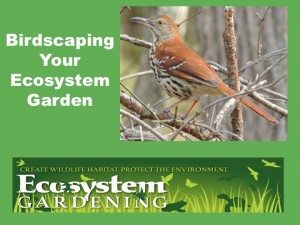
Beyond Bird Feeders: Birdscaping Your Ecosystem Garden
Let’s move beyond bird feeders to learn how to plant your own birdseed, and create a garden full of everything that birds need. You’ll learn the 7 easy steps to creating welcoming habitat for all kinds of birds in your Ecosystem Garden, how to find out which birds are in your region, and how to attract specific birds to your garden.
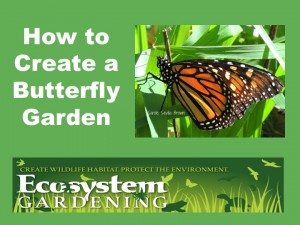
How to Attract More Butterflies to Your Ecosystem Garden
Planting lots of nectar plants is not enough. To attract a wide variety of butterflies to your Ecosystem Garden you need to learn to create a habitat that has everything butterflies need at each stage of their life cycle. You will discover that some plants attract hundreds of different kinds of butterflies and moths so that you will get the most bang for your buck in your wildlife garden
Leave Us Your Comments Below!
Click the Submit Your Comments button below to leave us your comments or questions!
We thank the follow organizations for sponsoring this page:
Submit your review | |
What time of day do you tag Monarchs in Cape May?
Regarding monarch caterpillars.
I have this morning found 2. One in my feijoa tree and one on my son's shoulder. We do not have milkweed in our garden, and we have 4 blocks. It is rare in Murray Bridge so there must be something else they eat. The feijoa is next to grape vines.
Hi I'm new to yourwebsite.I have found a monarch caterpillar on my dill next to my parsley!!!! I thought they only feasted on milkweed. Now I have to find a home for it.I do not want the birds to get it.It is a beautiful caterpillar.Thanks for your valuable info.

